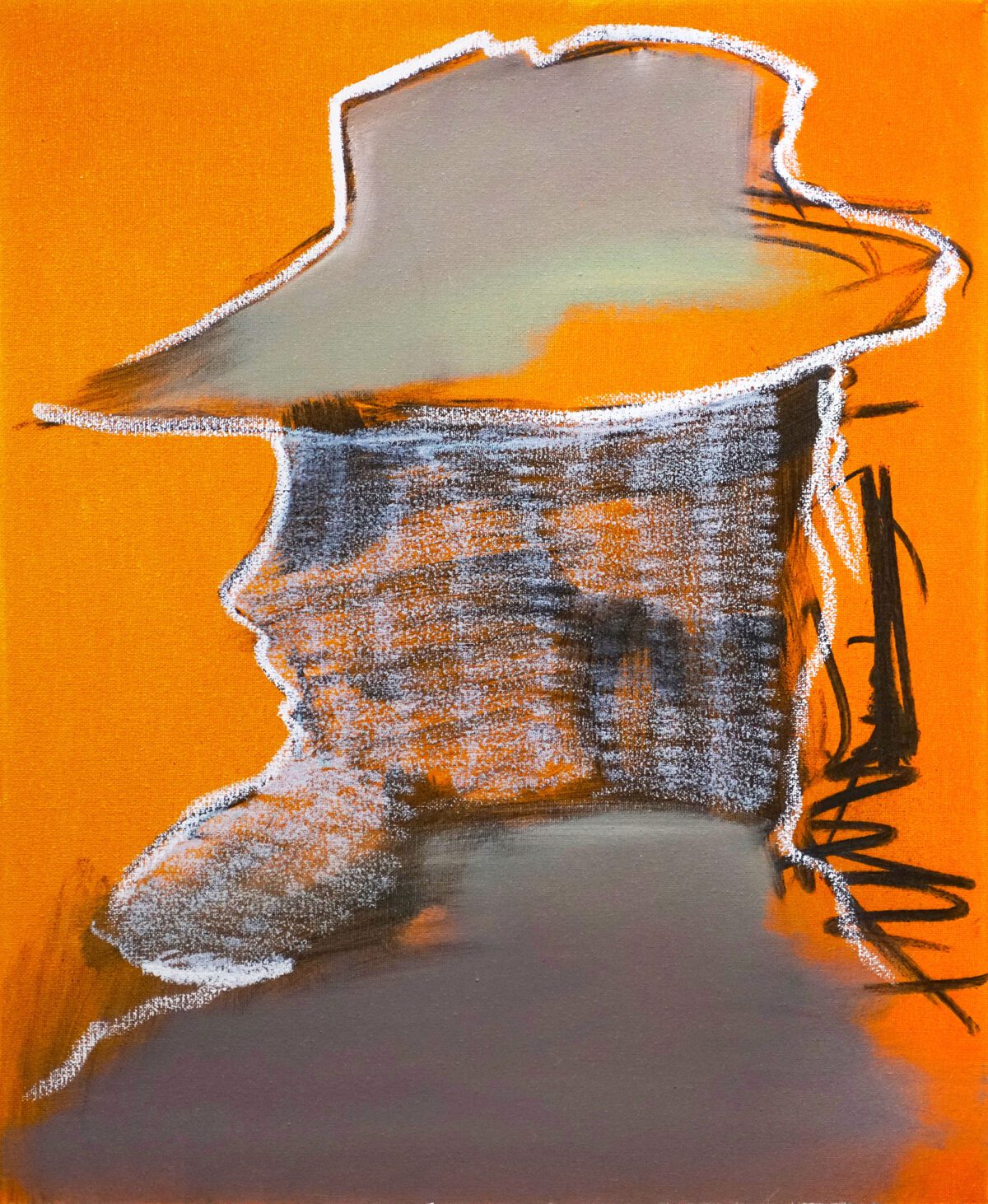
Ahead of our second VOLTA fair of the year, CAMP registrar and curator Gabe Torres sits down for a brief interview. Torres discusses the challenges of assembling a diverse group of artists for the exhibition, particularly when their stylistic differences are so pronounced.
Drawing on personal experiences and inspirations, the curator reflects on how realism takes center stage in the exhibition as the bridge connecting our understanding of the human experience.
The variety of stylistic differences between each artist is among the hardest challenges I've had to work with, as no two artists here represent their aesthetic in a similar way. Unifying the natures of pieces against their styles and origins is not alien to me, but striking an interesting conversation between them at the same definitely had my brain rattling for ideas.
However the challenge that immediately became present was not one of style or thematics, it was actually one of size most evidently. Being my first opportunity to truly curate an art fair space, I had to approach with a different mentality to the actually available space given to each artist. Scale in both size and amount can greatly sway the perspective of the message and visual cohesion of the booth, and it was important to keep that balance throughout. I do like to say under restrictions it forces you to have to be more creative, and I felt that need here more than ever
How does each artist fit into this?
The individuality of each artist is not something I wanted to be lost in pseudo-assigning them an engrossing theme, because I feel that each one represents a greater theme of realism itself.
For example, Seth Ellison's surrealistic pieces are in itself an analysis and response to the modern reality of an American meritocracy. That Magadalena Zych's work is not hyper-realistic botanical studies of plants is unneeded against her larger discussion of a sensual captivity and loss of our coexistence with nature.
The real and the realistic are far divorced, and in representing the real with the mundaneness of everyday in Hermes Berrio's pieces against the contrast of a real introspection on internal struggle with Joanna Ambroz, we accept facets of realism in work that may not seem the part. Michael Sylvan Robinson's mystic realities play the same role, confronting a continuing struggle of the real representation of the LGBTQ+ community, a cause that has had to fight for its very existence.

As an artist myself, and one whose style is quite the far departure from realism as an aesthetic, I nonetheless feel the most connection to how its aspects are represented. That my art has much homage to a nostalgia for a time past is true, but I've felt more longing for the present I seem to spend the least amount of time in.To me, it is a style of connection and hope, more than its visuals, and of an inherent need for the understanding of one to another, with the trials and tribulations of a life we live here and now, regardless of time, place or social status.
With our most recent foray to Basel to attend a version of VOLTA, I made a trip myself to Dijon in France. The Museum of Fine Arts there had a large suit of the French masters of realism from Burgundy, and it was a single piece by Célestin Nanteuil, titled La Lecture de Don Quichotte that I looked back on and formed much of my initial thoughts around the show. That a work of a fictional character, and still stylized beyond a point of realism could capture a madness, a devotion, and at the same time be a person that could exist and struggle within the era of their life deepened my understanding of what realism meant to the artwork we show.




